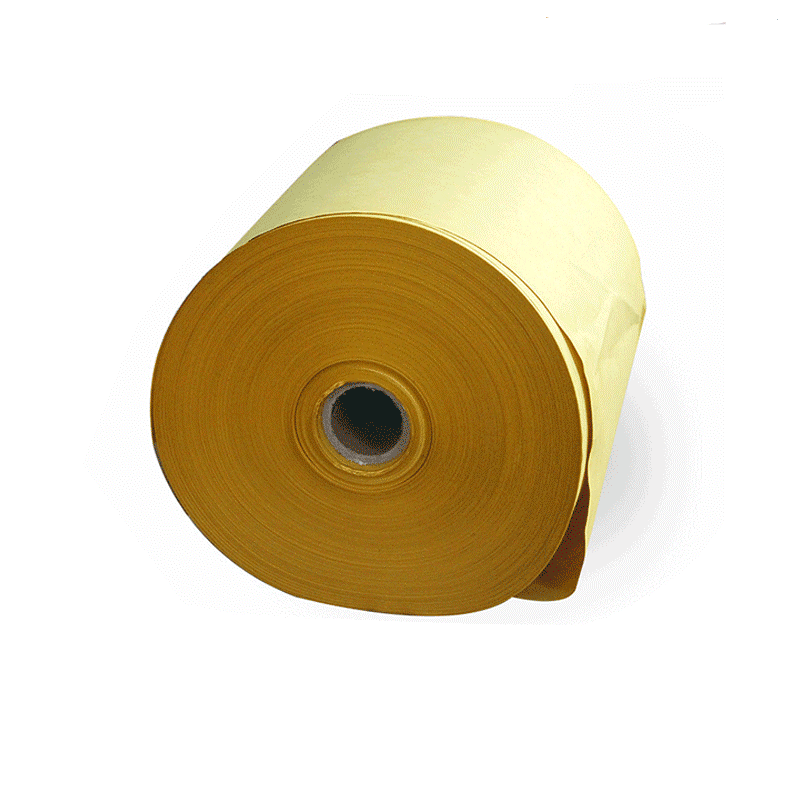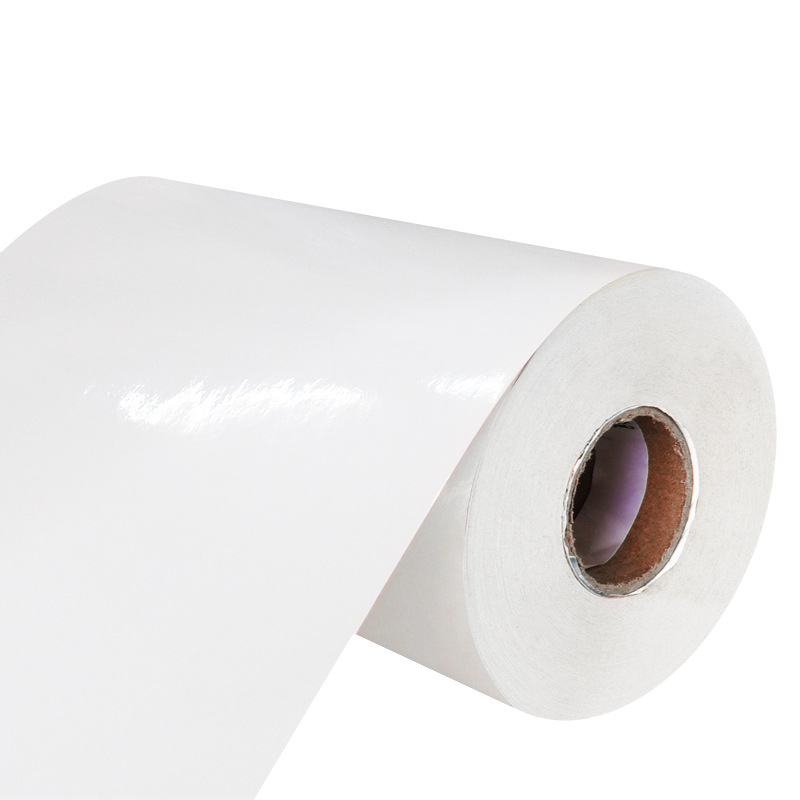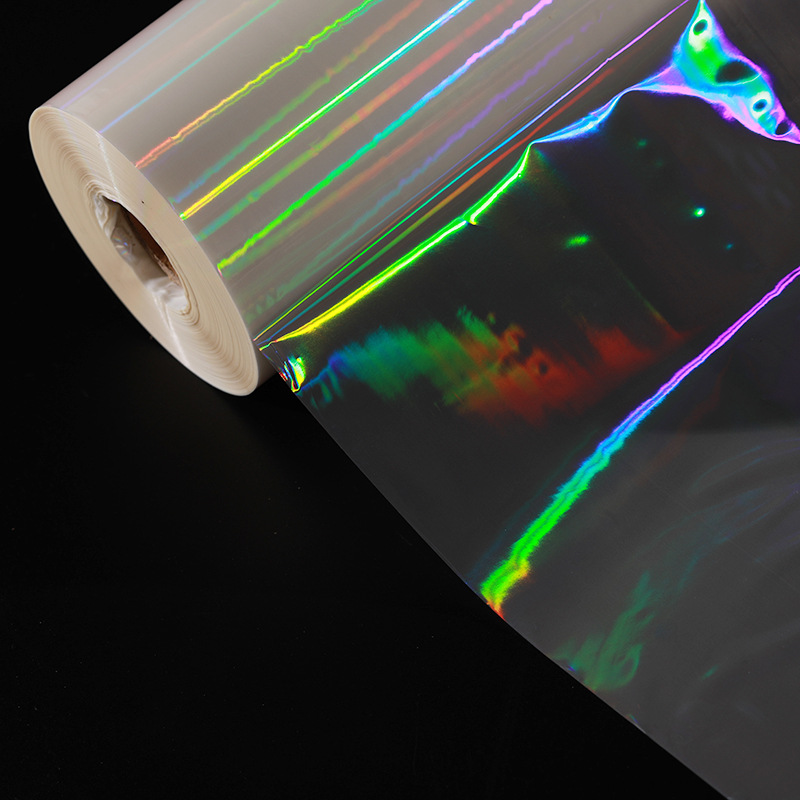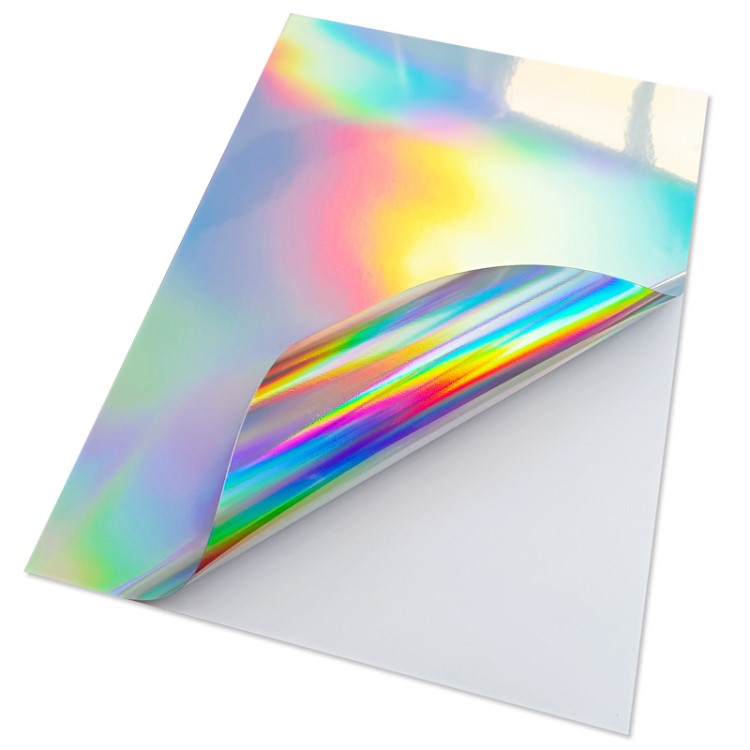Classification of waterproof label paper
1. PET label paper: available in various colors such as bright white, matte white, silver, etc., commonly including silver dragon and silver label paper. It has excellent high temperature resistance, chemical corrosion resistance, good waterproof performance, durability, tensile strength, acid and alkali resistance, scratch resistance, friction resistance and other characteristics, but the cost is relatively high. It is used in conjunction with resin based carbon tape printing. Widely used in electrical, electric, and mechanical equipment.
2. Synthetic paper (PP adhesive label paper): Matte white, tough material, good extrusion resistance, and good moisture and waterproof performance; Its cost is lower than PET, and it can be used in combination with mixed and resin based carbon ribbon printing. It has thermal transfer printing performance and is widely used in applications such as electronic components and daily chemical products.
3. PVC adhesive stickers: also known as synthetic paper, have good chemical corrosion resistance and tear resistance, but their temperature resistance and tensile strength are generally affected by temperature; Widely used in applications such as electronics, machinery, batteries, outdoor stickers, etc. Due to the addition of many toxic additives during the production process of PVC labels, which are non recyclable and have poor biodegradability, they have a negative impact on environmental protection. So currently, the application of this label paper in the market is not as good as PET label paper.
4. A mixture of PP and PE (polyolefin): subjected to uniaxial stretching treatment by machine, it has high tensile strength and tear resistance, low opacity, soft material, and extrusion resistance. The material can stretch in one direction to form a straight line, but it appears very hard in another direction. This type of material combines softness and stiffness, with good stiffness in the machine direction and softness in the other direction. It has smooth labeling and good resistance to compression after labeling. It is widely used in daily chemical products.
5. Multi layer sticker synthetic paper (a type of PP material): It looks like paper, matte white, and has undergone biaxial stretching treatment. The material is tough and has good resistance to compression. At the same time, it has good thermal transfer printing performance and a hard material texture, suitable for flat or hard surfaces. It is widely used in electronic components and daily chemical products.

Durable waterproof label
Durable waterproof labels are made of polyester film, which is actually a polymer material. PET has good hardness and brittleness, can withstand certain high temperatures, resist harsh environments, and resist corrosion from chemicals such as acid and alkali. It is very suitable for outdoor and durable high-quality labels. The common colors include matte silver, matte white, bright silver, bright white, and transparent. There are 25 series (1 series=1um), 50 series, 75 series and other specifications according to thickness, which are related to the actual requirements of the manufacturer. Polyester material is thin but has high strength, and the surface coating is conducive to ink adhesion, but it requires UV light to cure during the printing process. High performance adhesives are suitable for various surfaces and can be used for product identification after processing and printing. There will be a moderate increase in in in mold labels.
The growth of lightweight glass bottle applications will continue to increase the use of shrink film labels, while the use of plastic labels for PET bottles will rapidly increase. The value-added and applicability of adhesive labels for glass and plastic containers will further expand.
Advantages of Durable Waterproof Label Printing
-
It possesses good mechanical properties, with an impact strength that is 3 to 5 times higher than other films, and exhibits excellent fold resistance.
-
It is resistant to oils, dilute acids, dilute bases, and most solvents.
-
It has outstanding high and low-temperature performance. It can be used for extended periods at temperatures up to 120°C, and can withstand short-term exposure to high temperatures of 150°C and low temperatures of -70°C, with minimal impact on its mechanical properties under both high and low-temperature conditions.
-
It has low permeability to gases and water vapor, providing excellent resistance to gases, water, oils, and odors.
-
It has high transparency, can block UV rays, and has a good gloss finish.
-
It is non-toxic, odorless, hygienic, and safe, making it suitable for direct use in food packaging.
We offer comprehensive technical support, including free professional labeling solutions, advice on label materials and adhesive selection, as well as online/offline assistance from professional software and hardware engineers. Service email: andy@ownlikes.cn. In pre-sales, we leverage our extensive experience in specialty labeling projects to provide clients with the most suitable hardware solutions. Additionally, all our label barcode printers and scanners come with a three-year free warranty, demonstrating our confidence in our products.






This site is protected by reCAPTCHA and the Google Privacy Policy and Terms of Service apply.